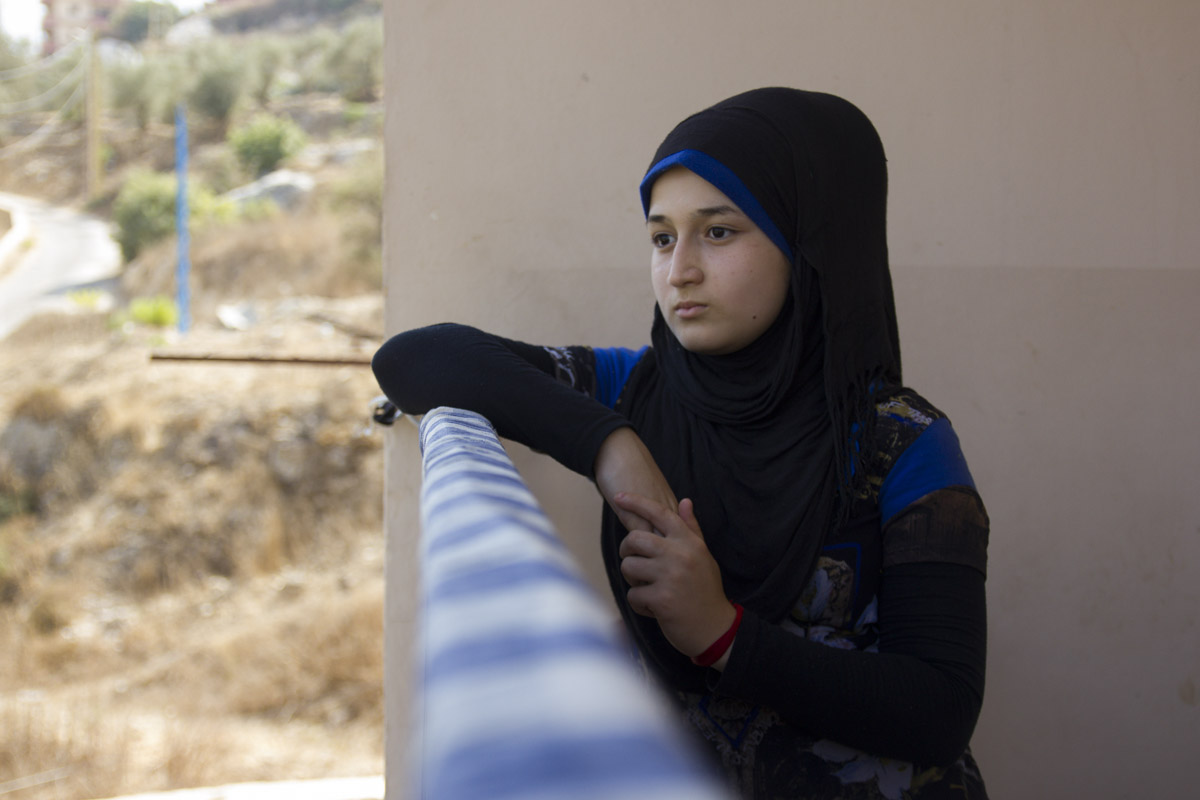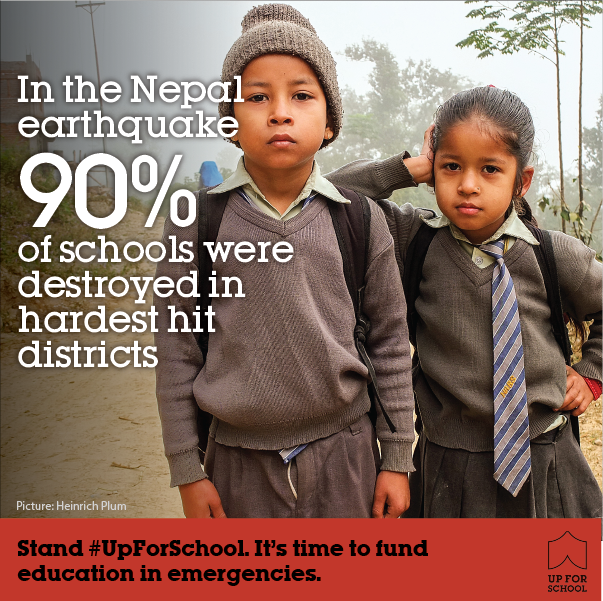Universal Children’s Day: Listening to the Children’s Story

Fifteen-year-old Syrian refugee Nour at her new home in Lebanon. Photo by A World at School.
Nearly a year ago, the UN Special Envoy for Global Education Gordon Brown called on the international community to create a global emergency education fund to help children who are out of school due to conflict, disease, or natural disasters. While GBC-Education directs efforts at advocating for the private sector’s role in addressing education during these tragic conflicts, today is a day to remember these children who are forced to live unthinkable situations that jeopardize their educations and their futures.
There are 65 million children between 3 and 15 who are affected by crises globally — five million of these children were forced out of school during the Ebola crisis (many to never return) and nearly 3 million of these children are currently fleeing the Syrian conflict (many with nowhere to go). Despite the largest refugee crisis since WWII and the decline in funding for education, a mere 1 percent of humanitarian relief is invested in creating a safe place for children and youth to play, recover, and rebuild their futures after natural disasters or violence.
Today is a day to remind the world, and ourselves: these children aren’t just numbers. They are individuals with their own stories, potential, and hopes for the future.
Consider Nour: At 15, the Syrian teenager has already seen enough suffering to inspire her to enter the medical profession. She wants to save victims of war and treat the injured. This dream, however, is delayed. For more than three years she couldn’t attend school, and was already forgetting the lessons she was taught in class.
“I miss my teachers and my friends,” she told A World at School back in September. “I came to Lebanon because the Syrian regime was bombing my area with chemical weapons and with barrel bombs,” she says. “There was so much violence. We had to leave.”
Before her and her family fled to Lebanon, her great aunt and cousins were killed by chemical weapons and she had watched, horrified, as her sister’s face turned yellow from blood loss after her thigh was pierced straight through by a piece of shrapnel on her way to school. She is the same age her brother was when he was killed on the way to school. He would be 18 now if he had survived. Her father also died after a chemical attack poisoned the family.
Sadly, too many stories are like Nour’s. During the past five-plus years, the Syria crisis has caused enormous suffering, claiming the lives of more than 10,000 children and leaving the children who survived in urgent need of psychosocial support and treatment. Education, though, can not only prevent the loss of an entire generation to evils such as child labor and recruitment into fighting, but it has also been linked to peacebuilding and may, in fact, prevent future crises. Through all of Nour’s suffering, her wish to return to school never dissipated.
Through the double-shift system implemented this past fall, some 130,000 Syrian refugee children based in Lebanon, including Nour, returned to school in late September. While Nour is thankful to have access to school through the double-shift system, barriers to learning still exist. Certain classes are taught in French and English, languages which not all Syrian refugee children are fluent in, and many school children arrive to school with an empty stomach. To fully utilize the resources made available by the double-shift school system, Nour, along with the rest of the 500,000 Syrian refugee children in Lebanon, need increased psychosocial support among other tools that ensure that some of the world’s most vulnerable children are truly learning while at school.
To learn the stories of why education matters to children like Nour, watch the video below, produced by A World at School with help from their Global Youth Ambassadors based in the Central African Republic, Gaza, Lebanon, Malawi, Nigeria, Pakistan, and the Philippines.

